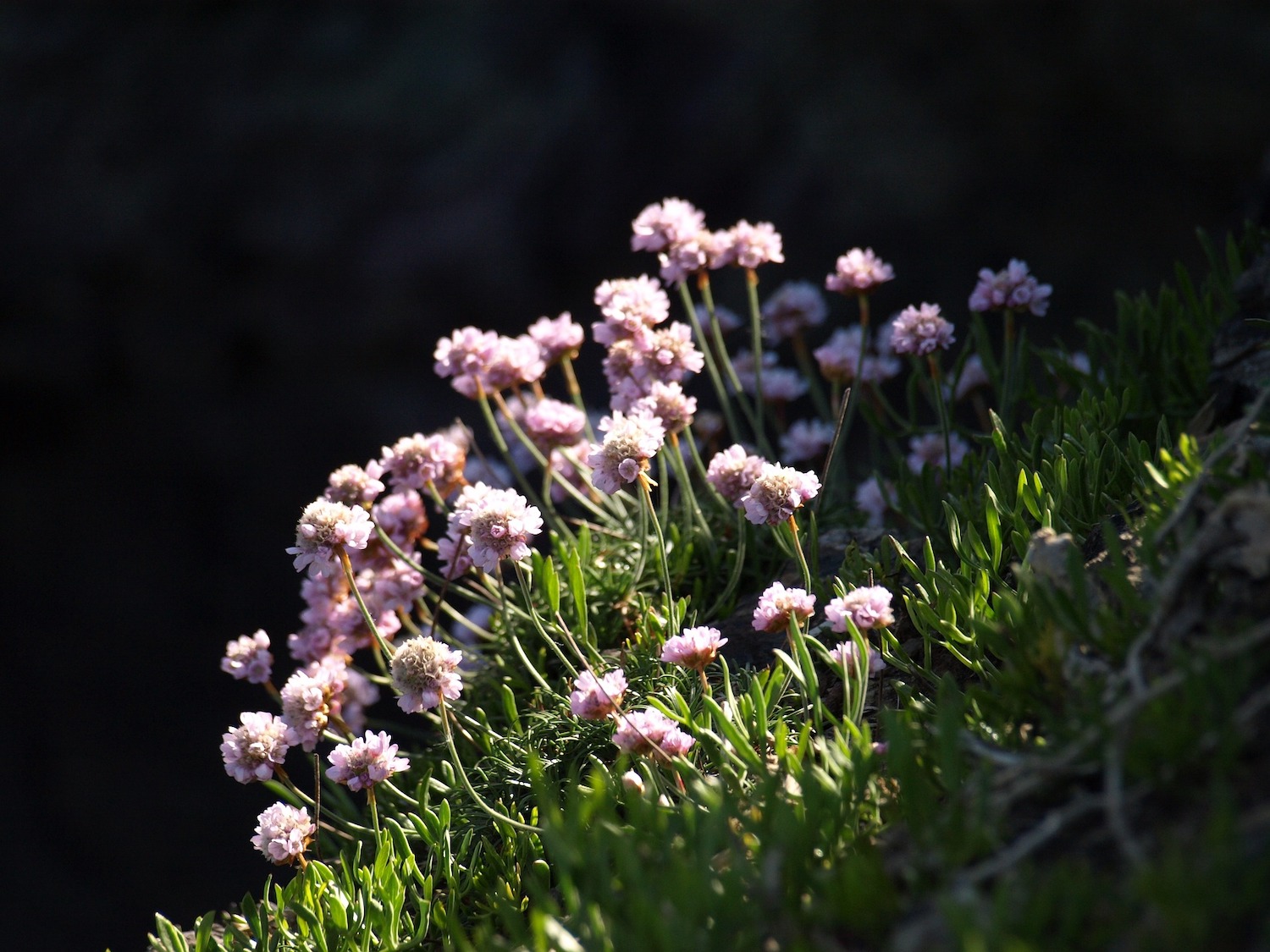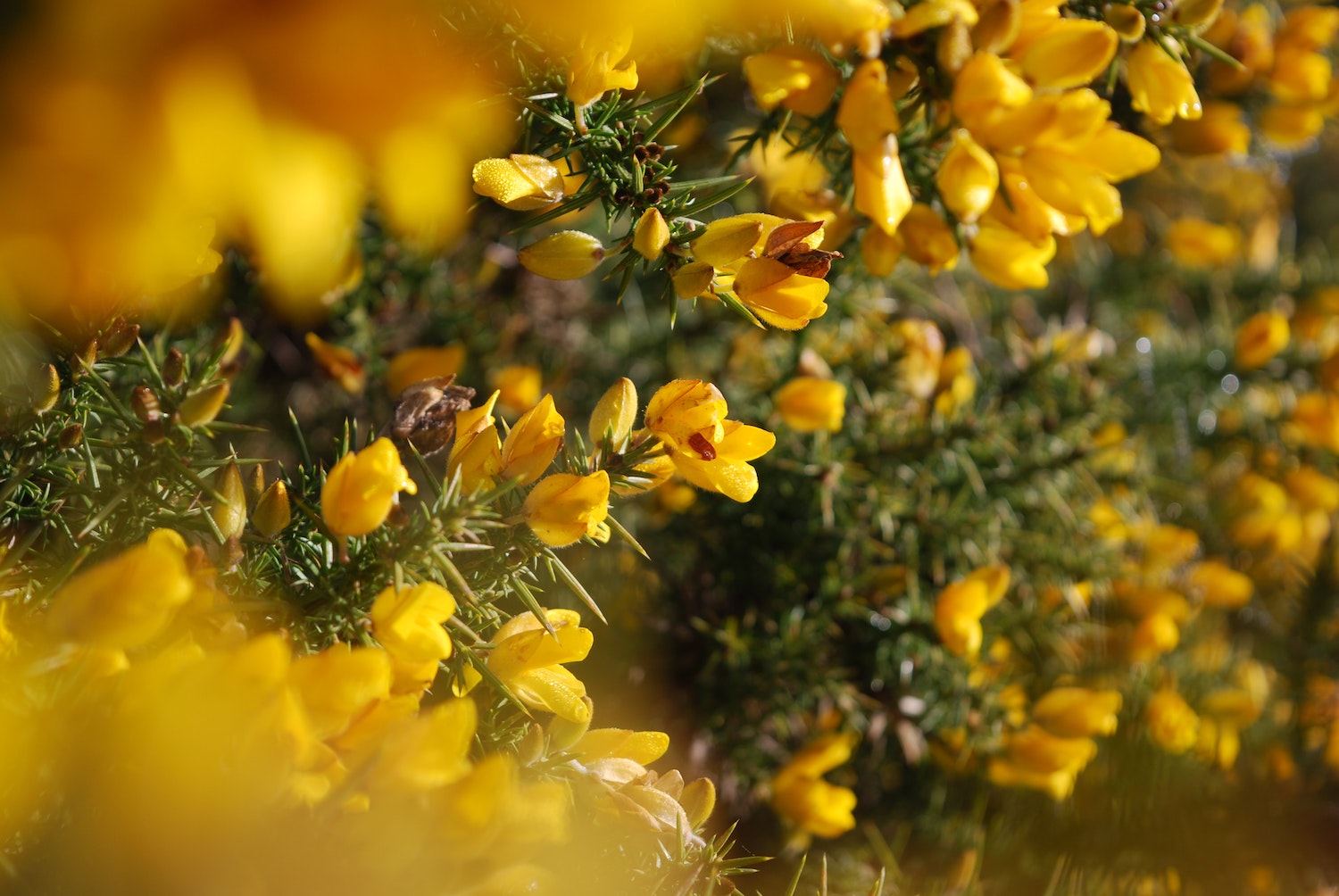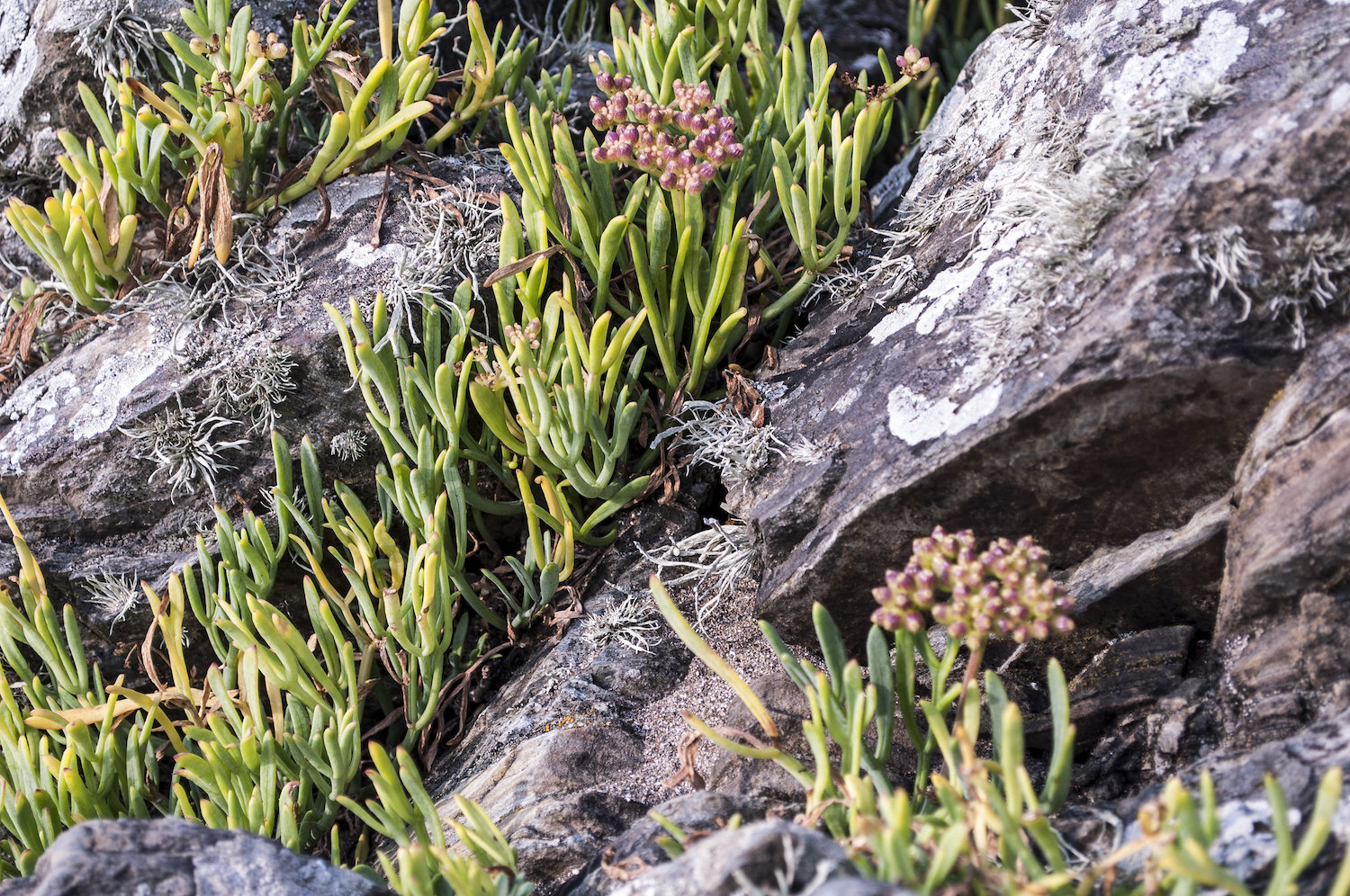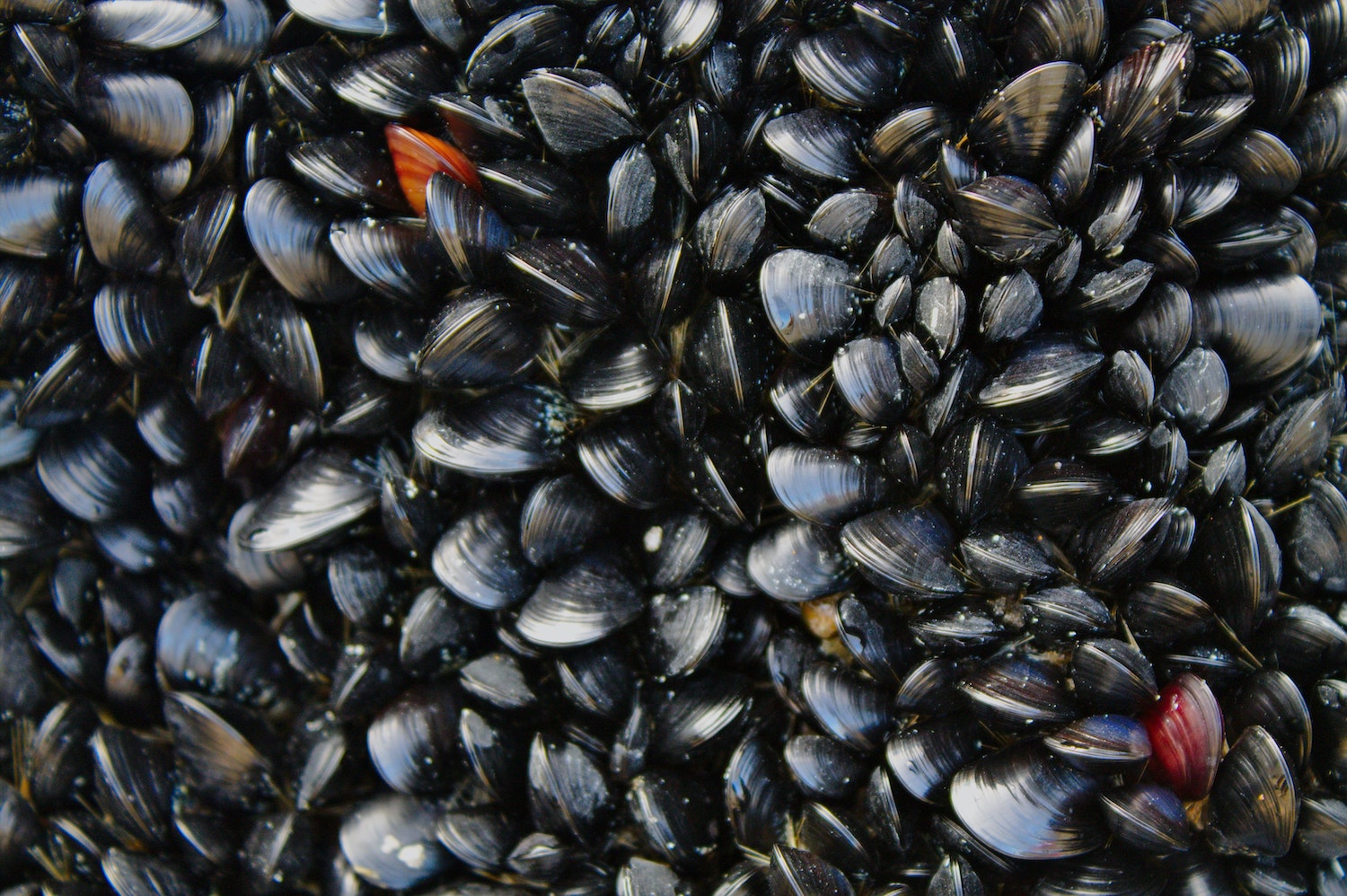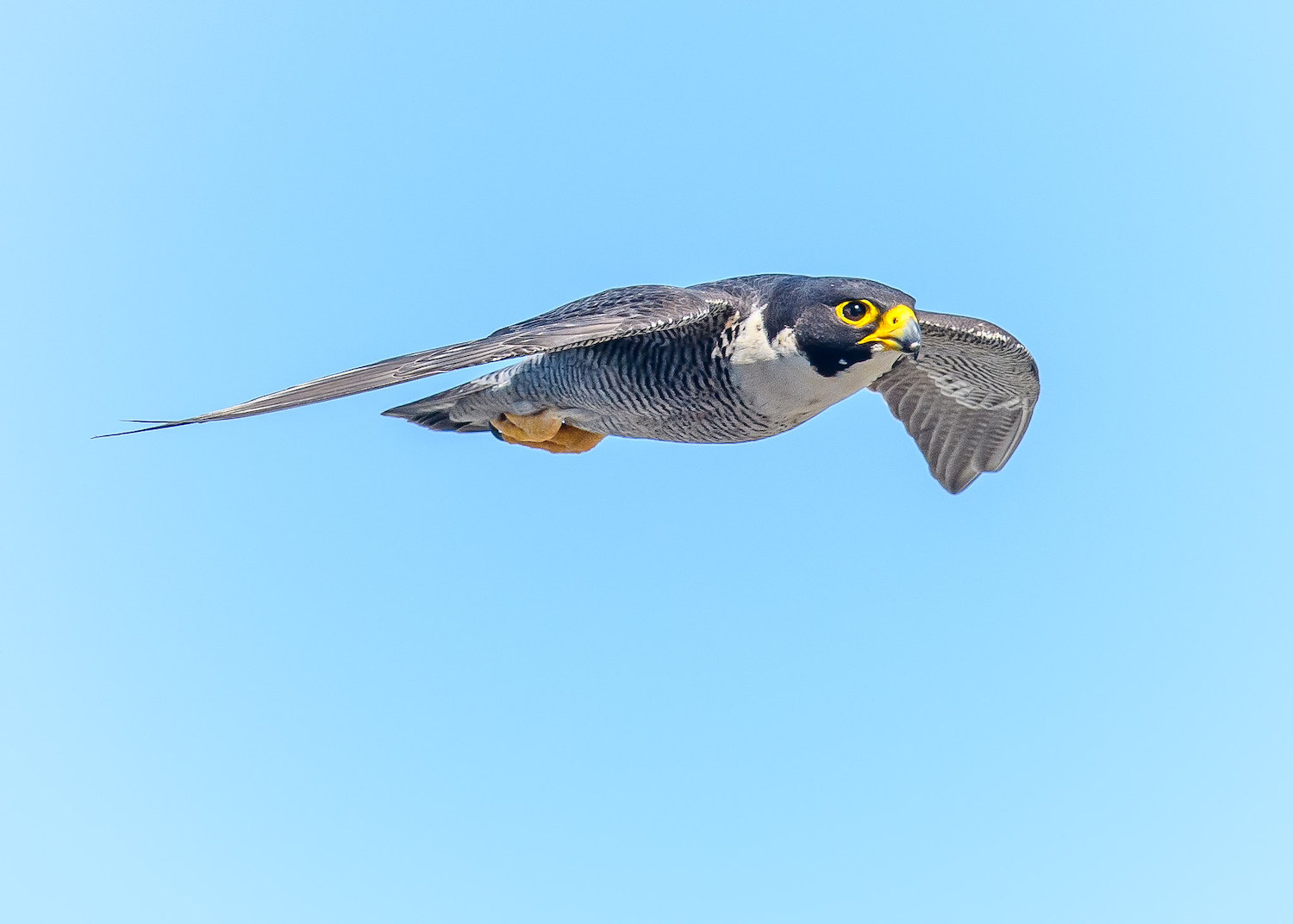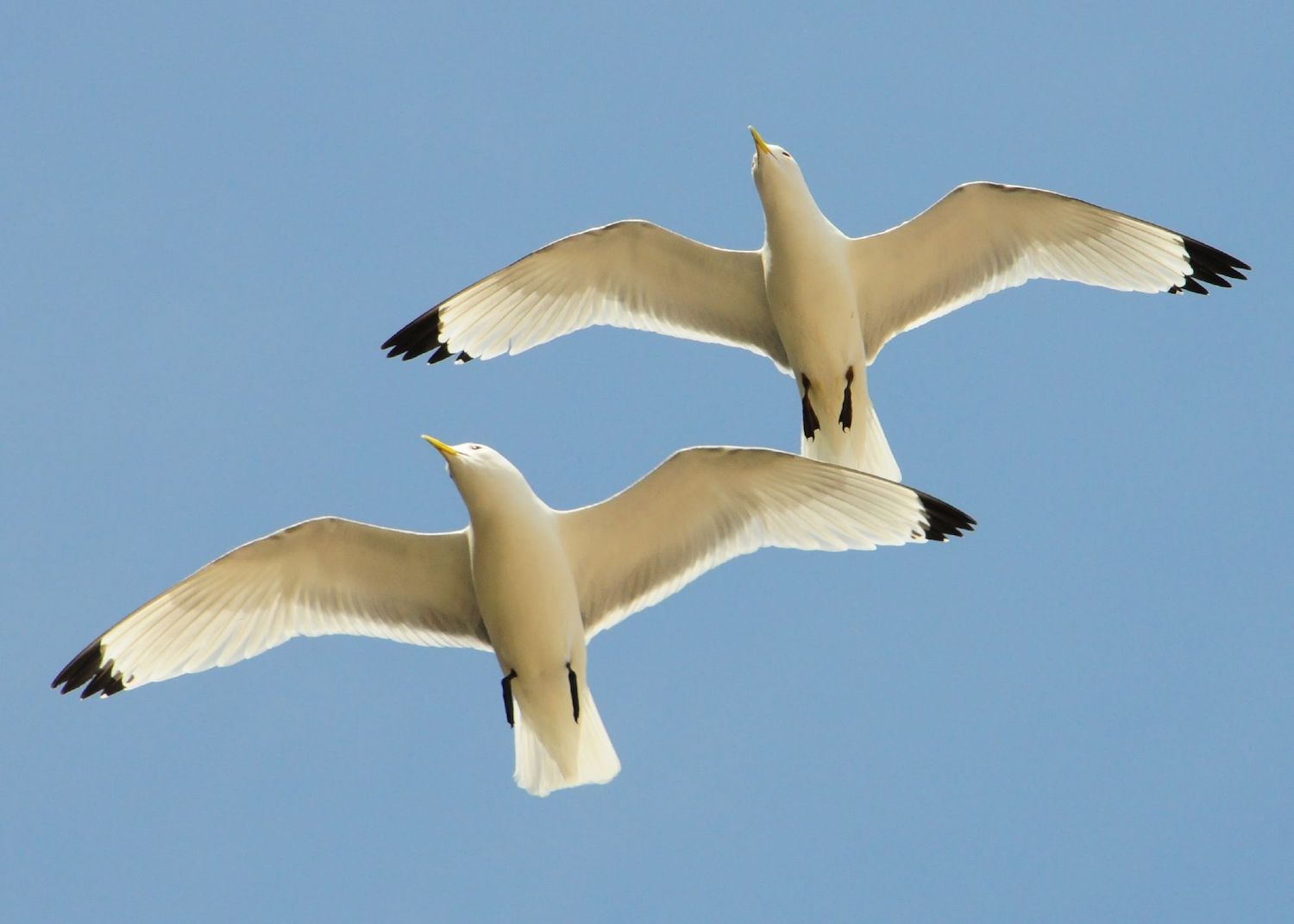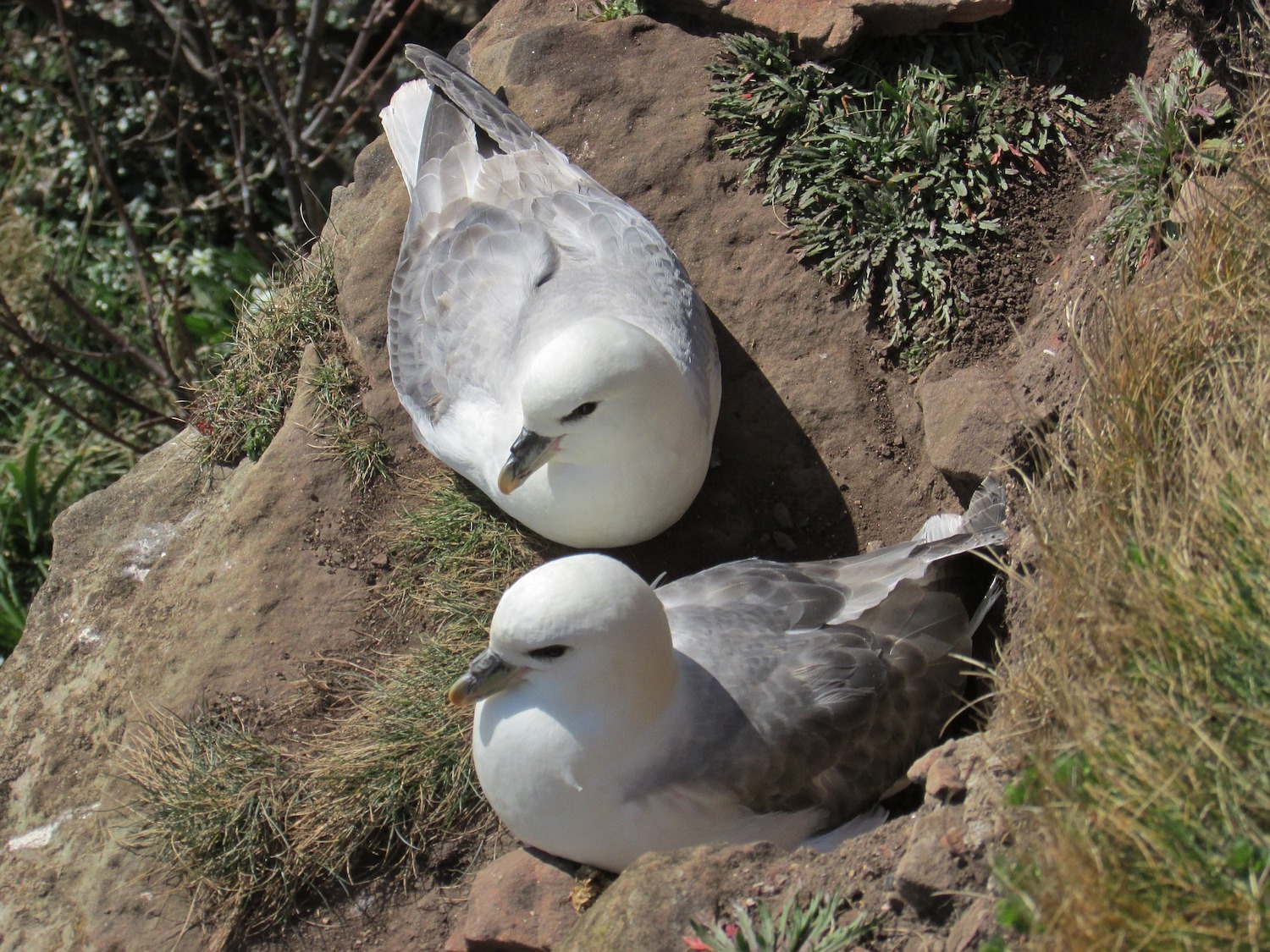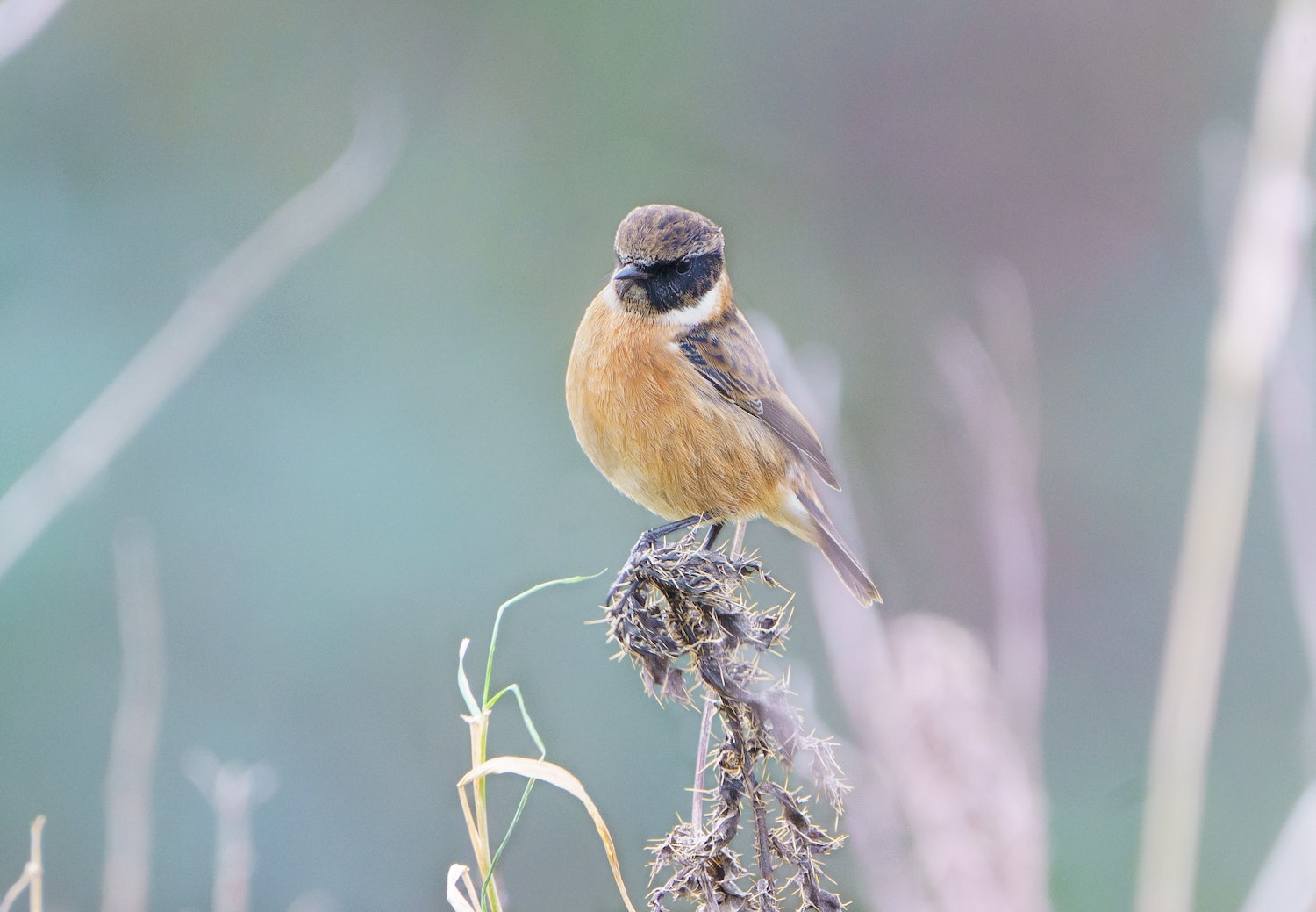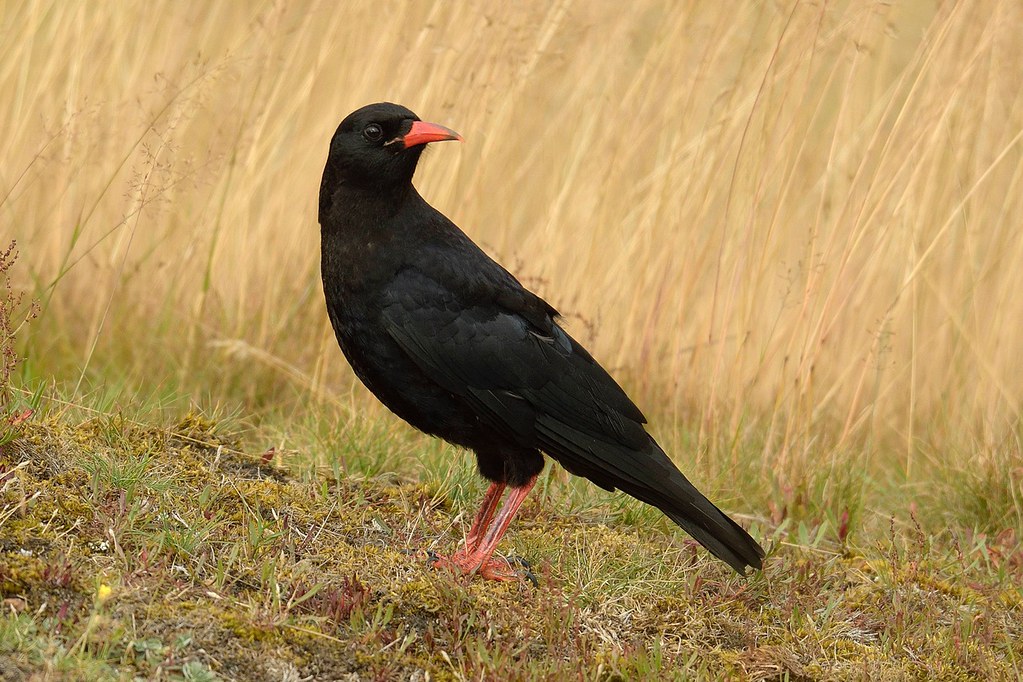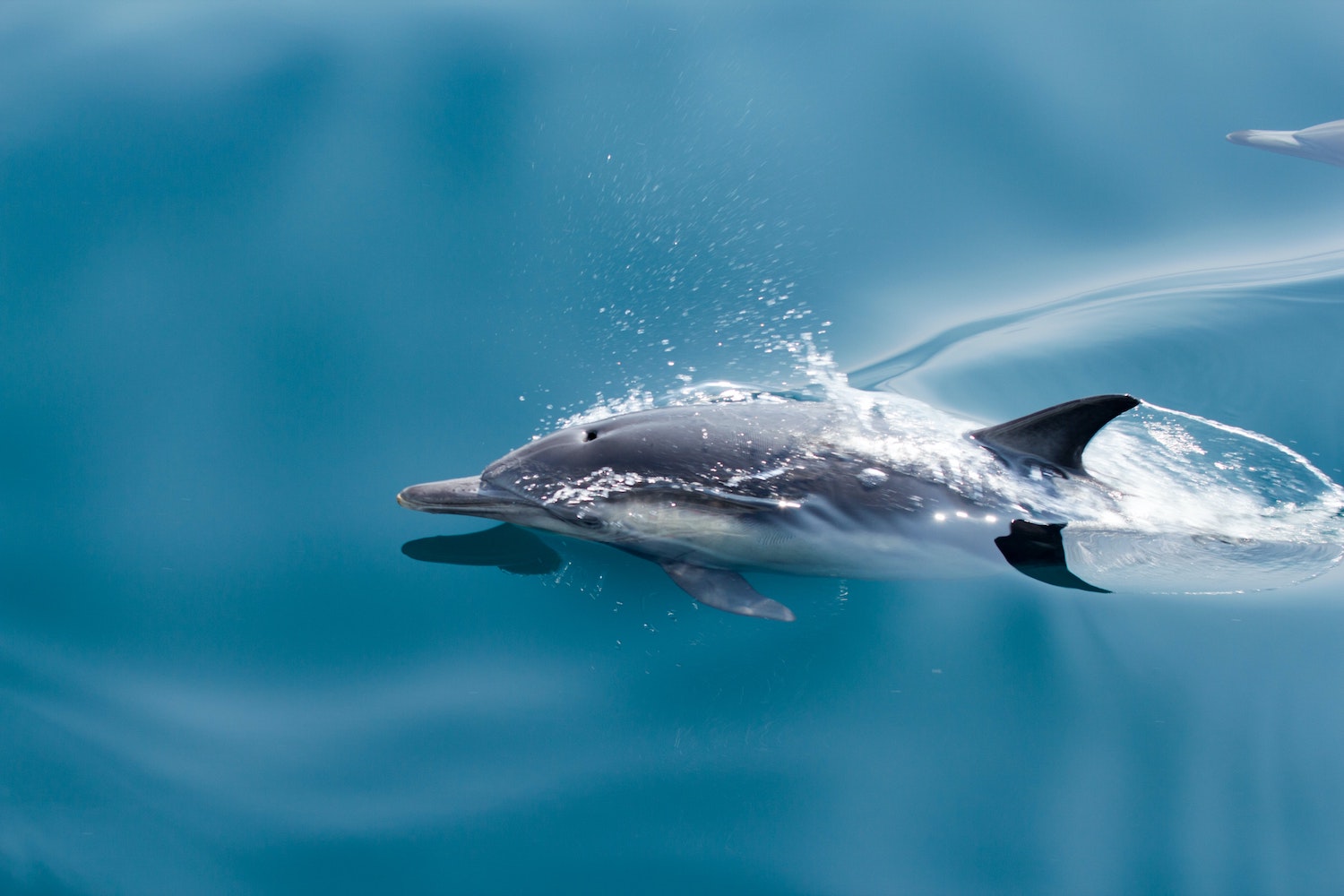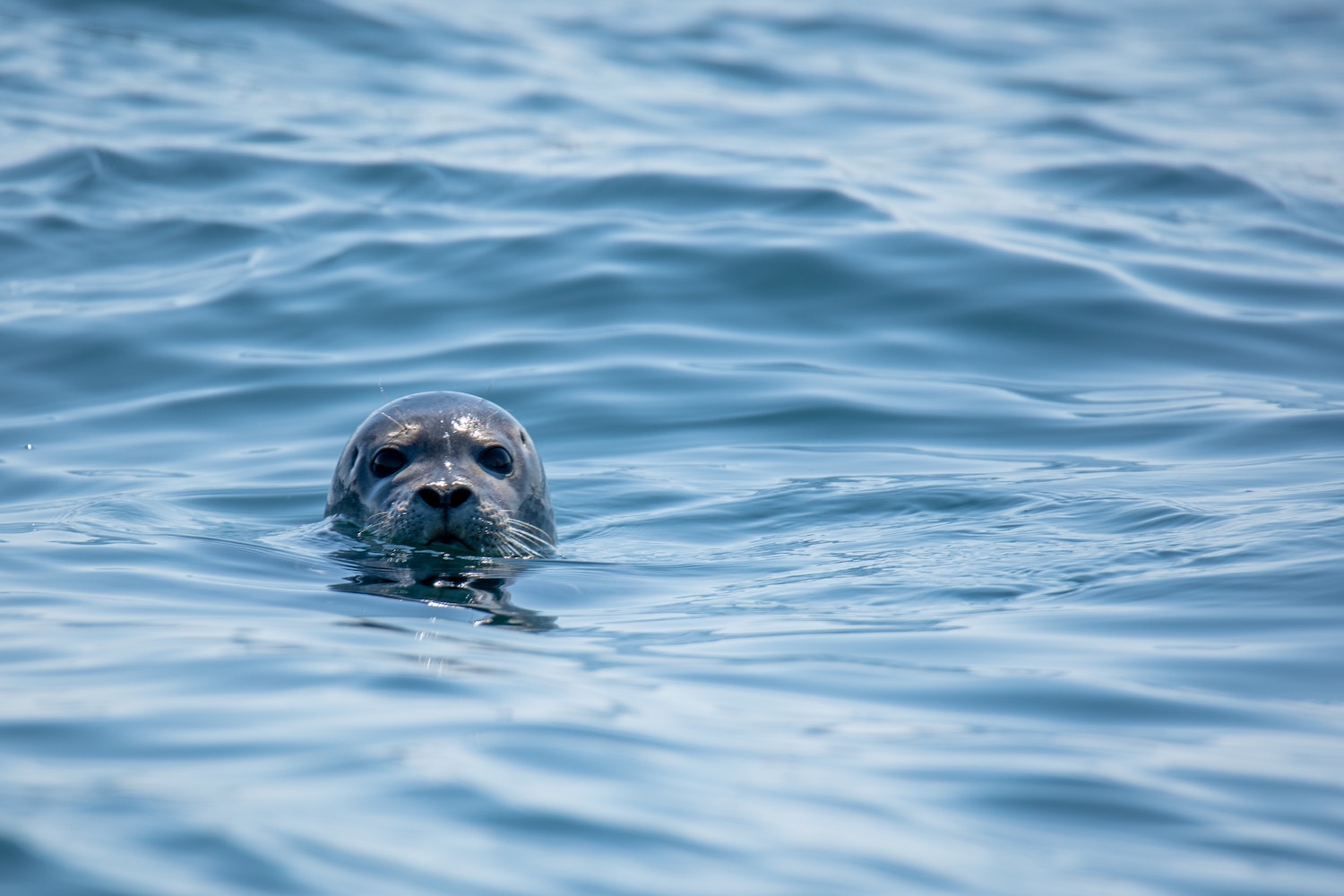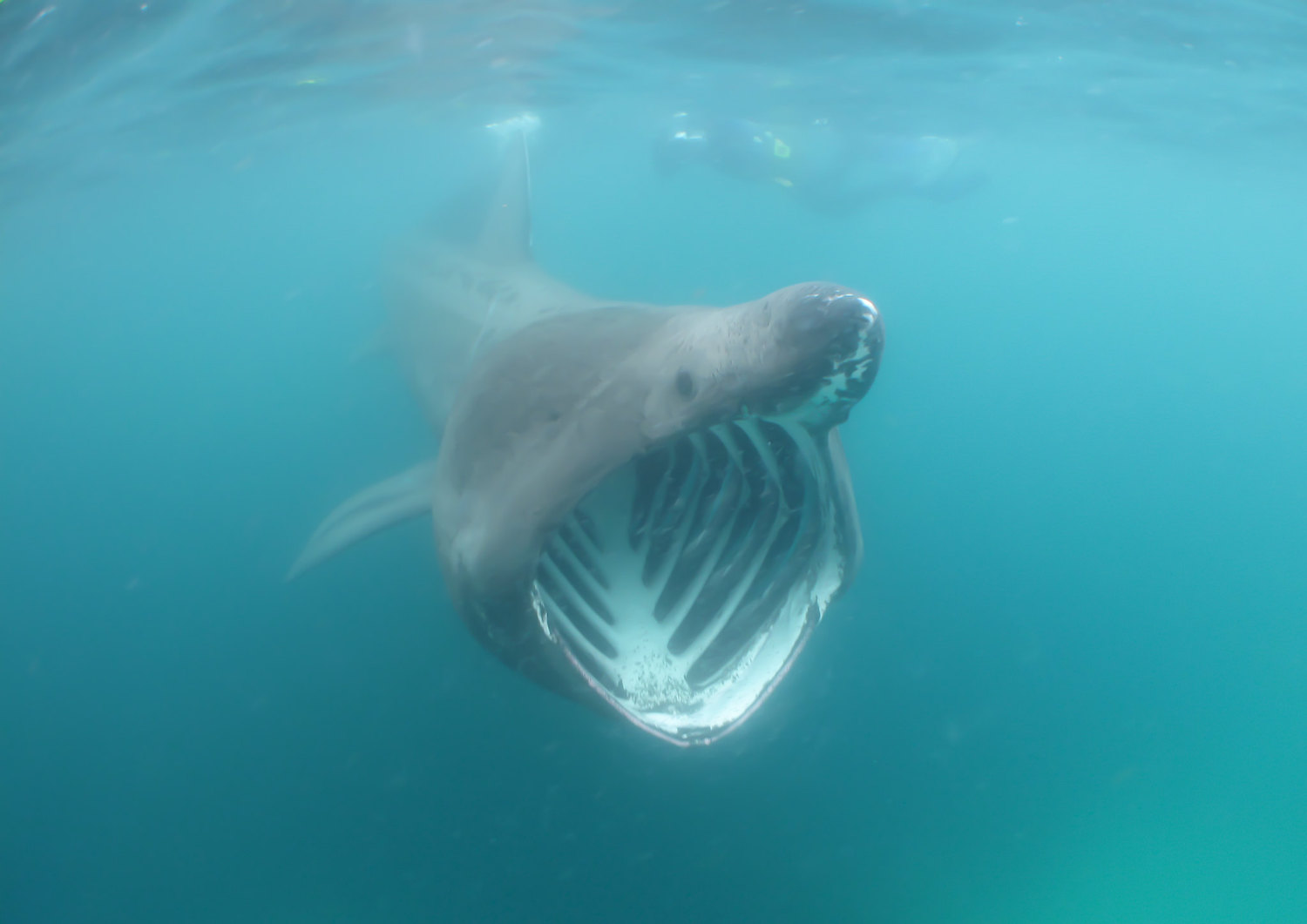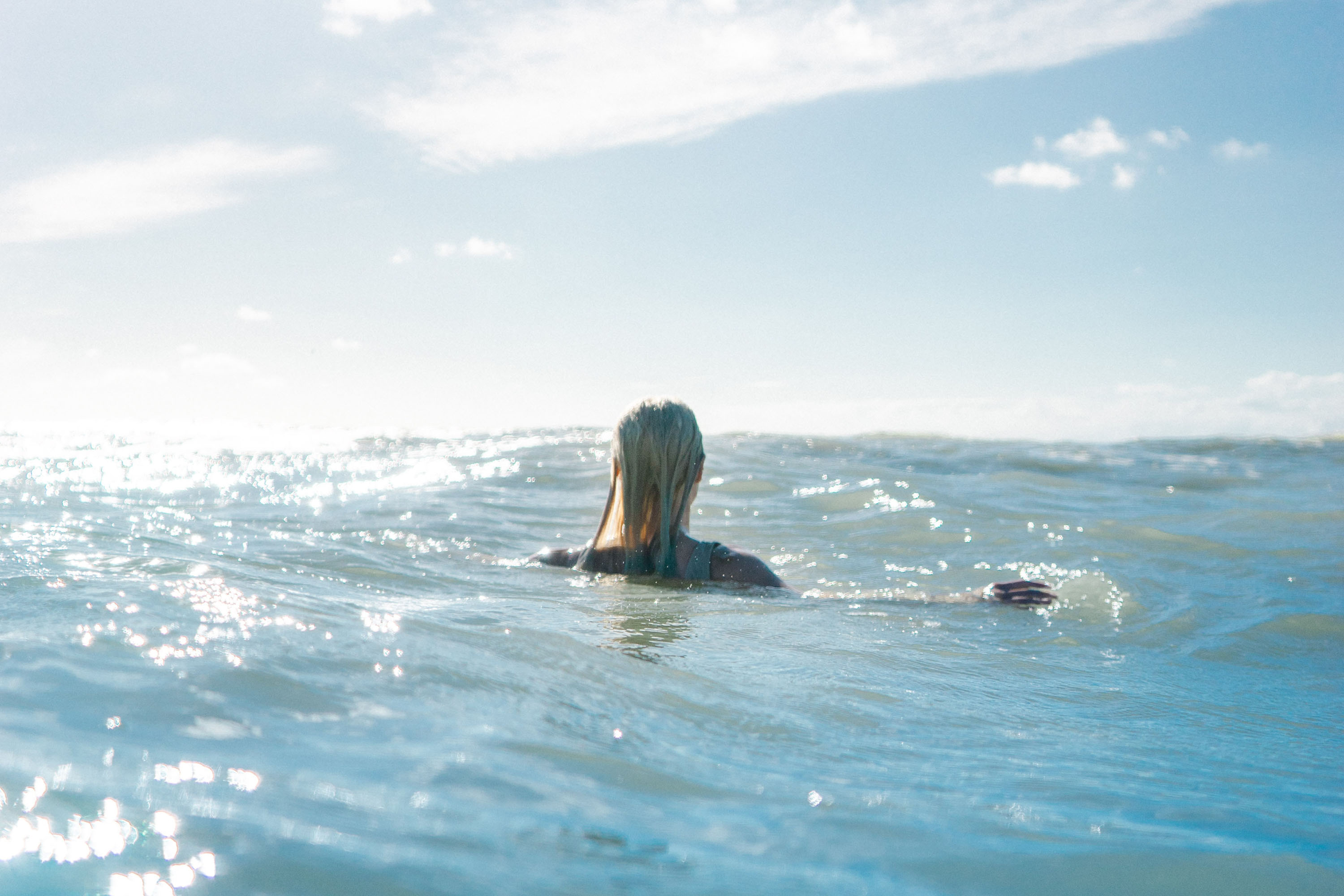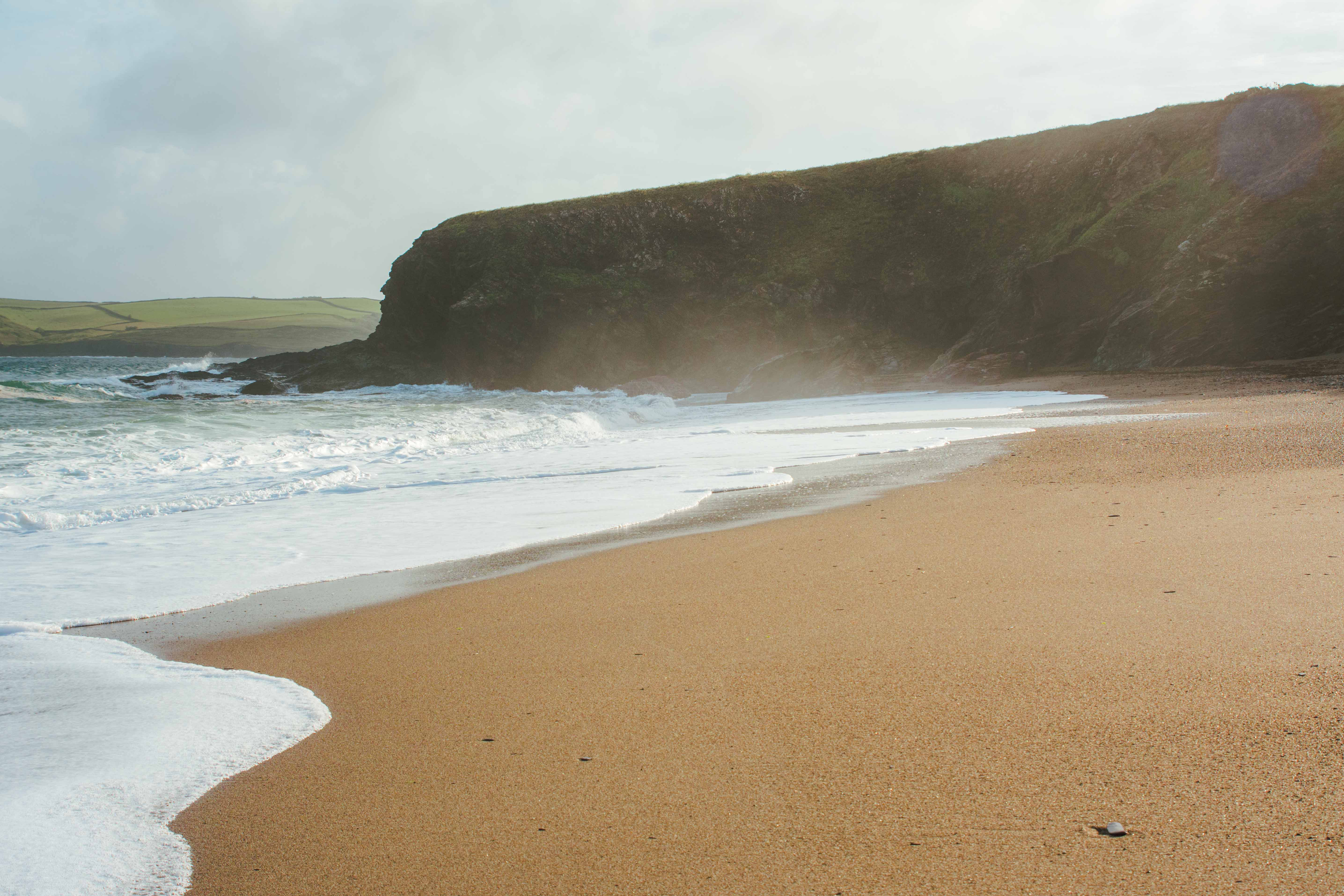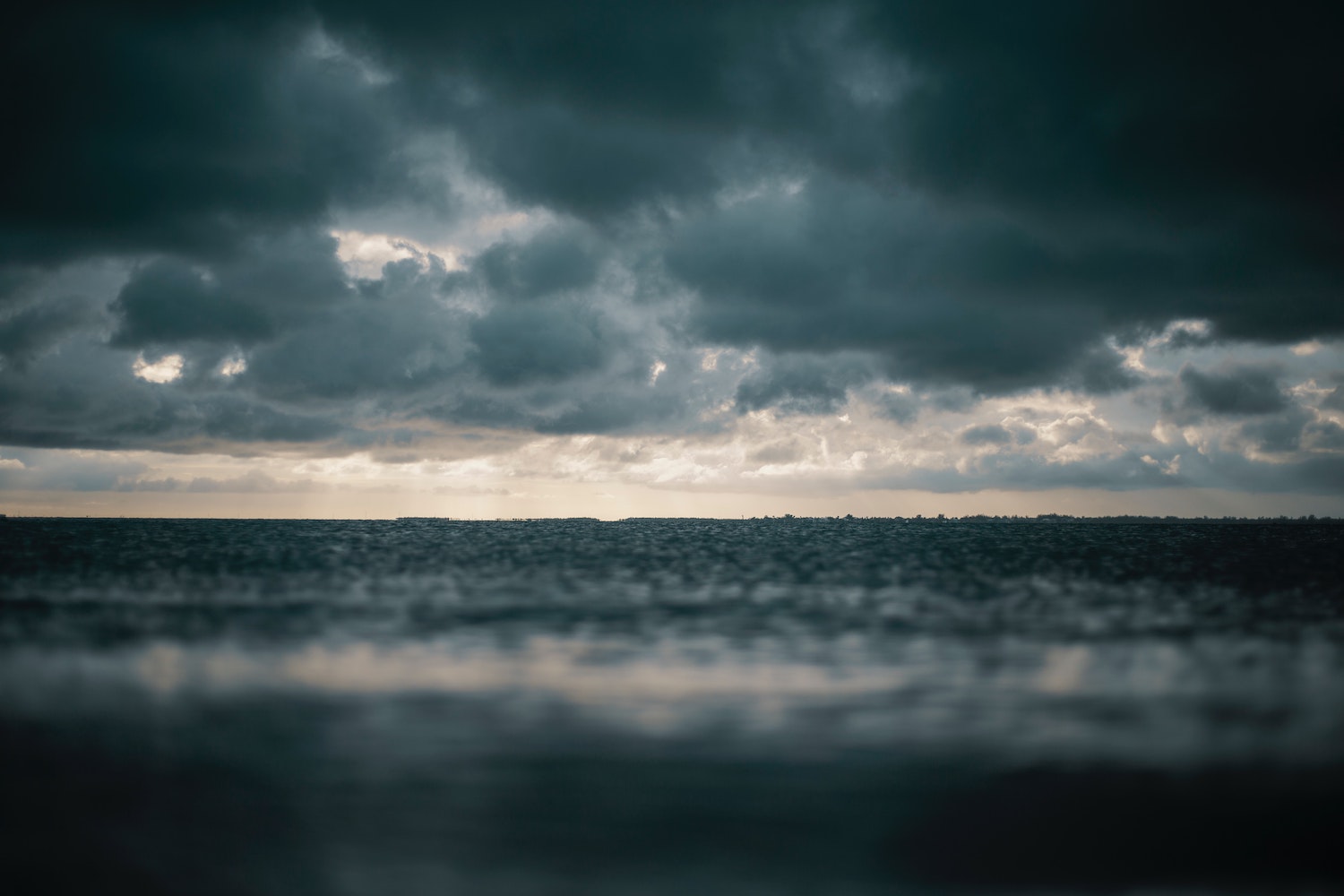A holiday in Polzeath means you’ll be staying at the intersection between land, river and sea, and basing your next Cornish holiday in the Polzeath area means an abundance of unique flora and fauna is waiting right on your doorstep for you to discover. Taking stock of the natural world around can be an exciting and fulfilling experience, and a wildlife-spotting or foraging expedition can also be a great family-friendly activity, keeping the kids entertained and satisfying their wild curiosity. We’ve put together this quick start guide containing some of the most interesting plants and animals around Highcliffe to get you out and identifying right away.
Sometimes called sea pink, these small pink flowers are synonymous with our coast. The hardy little plant will bloom its lovely pink flowers from mid spring right through summer. Adding a great splash of colour along the many footpaths around Highcliffe, sea thrift is hard to miss.
Another hardy grower well suited to the windswept and treacherous growing conditions on the coast of Cornwall. Found all year round, this shrub is characterised by sharp needle-like leaves and vibrant yellow flowers that come out during spring and summer.
This succulent member of the carrot family can be found often just out of reach on the rocky sea cliffs around Polzeath, Greenaway and Daymer bay. Rock samphire is edible and was once a popular candidate for pickling, however its strong flavour and changing palates mean it is now more frequently being used as a botanical ingredient in local distilleries.
Mussels are impossible to miss on any beach around Polzeath. Heading down to the waters edge you’ll see fields of mussels living on the rocks where they filter feed in the seawater. This staple of Cornish seafood can make a wonderful dinner, and are best gathered at low tide when the largest ones are exposed.
Preferring to nest on steep, rocky sea cliffs, Peregrine Falcons can often be spotted on a walk out to the rumps where conditions are perfect for these birds to make a home. Known for being the fastest animal on the planet, these birds will swoop down at prey at up to 200 miles per hour, snatching their target out of the air. Peregrine Falcons are identified by a strong moustache, a white neck and a striped black and white underside.
Often mistaken for a Common Gull, Kittiwakes are indeed part of the gull family but they have a few unique characteristics. Short black legs and black wingtips that look like they’ve been dipped in ink set them apart from their relatives. These birds are strictly coastal, rarely venturing inland and spend their summers on our clifftops and their winters out at sea.
Related to the Albatrosses, Fulmars fly low over the waves with shallow wingbeats. Most likely to be spotted between Polzeath and Port Quinn, Fulmars ride the air currents, gliding low or flying high up the face of the cliffs. Feeding out at sea and nesting on rocky cliffs, these birds reside with us all year round.
A winter resident that can be spotted near the cliffs at Highcliffe, these little birds are red-breasted with a black or brown head depending on if they’re male or female. Their call is sharp and loud, sounding like two stones are being hit together.
One to really look out for, the Cornish chough is characterised by a striking red bill and feet. This bird features on the Cornish coat of arms but numbers have sadly dwindled over the last century. However, more sightings have been recorded, making this a rare and rewarding one to spot along our coastlines.
Image: Michael Colquhoun
Regularly spotted off the coast of Cornwall, dolphins are a much loved part of Polzeath's sea life and spotting a pod will bring a smile to anyone’s face. There’s a better chance of seeing them during the warmer months with the most reliable option being to head out on a sea safari with local tour operator Wavehunters. Alternatively, pick yourself a nice tall headland, settle in, and keep your eyes peeled.
Another marine mammal native to our shores is the Grey Seal. For your best chance at finding them, head out from Polzeath towards The Rumps and keep an eye down on the coves and rocks to spot the seals sunbathing and relaxing after a meal. Inquisitive seals might sometimes surprise you, popping up to say hello whilst you’re enjoying a swim in the sea.
Basking sharks are gentle giants that sometimes pass us by in the waters just off of Polzeath. Unlike their distant cousins in the shark family, basking sharks are harmless to humans, and mainly get their nutrients by filter-feeding for plankton. They usually visit British waters between May and September, and are identified by their large open mouths, pointed snout and an often flopped over dorsal fin.
Image: Yo-Han Cha
Wild swimming in Cornwall is as good as it gets. There are countless places to take the plunge, but here are a few of our favourite, more secluded spots to try out.
Read nowFor those who don't have the perfect itinerary already planned, we put together some ideas of what we might get up to during a short stay at Highcliffe.
Read nowIt may be Cornwall but that doesn't mean we can always escape the blight of British weather. Here's some things to try when the heavens open up.
Read now